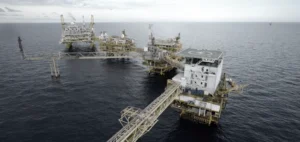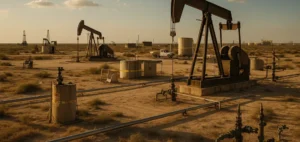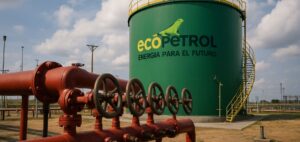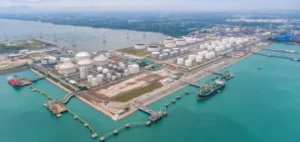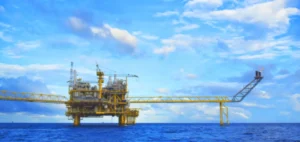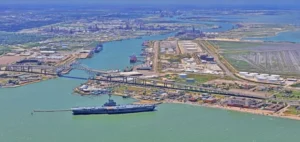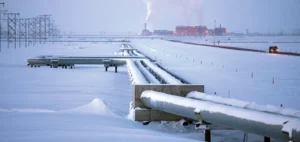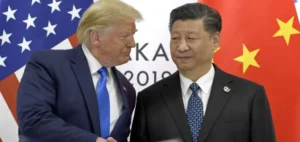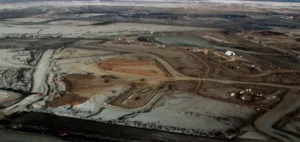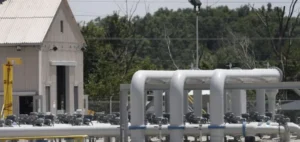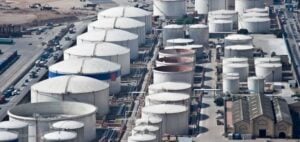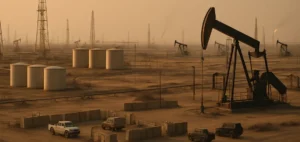Oil demand for fuels in China marked a turning point in 2024, showing a 2.5% decrease compared to 2021. The combined consumption of gasoline, diesel, and jet fuel reached almost 8.1 million barrels per day, a figure still higher than 2019 levels, but well below that of 2021. This shift reflects a deep transformation in China’s economic structure, particularly due to the transition from a manufacturing-based economy to one more focused on services, technology, and renewable energy. The sustained growth of previous years now seems to belong to the past, with stagnating fuel demand suggesting that China may no longer experience a significant rise in its oil consumption in the near future.
A slowdown linked to economic transformation
The rapid growth of oil demand in China was largely driven by its industrial sector, which is now undergoing significant restructuring. The shift from a production-based economy to one more focused on services and technology has led to a slowdown in the use of fossil fuels. In 2024, China’s GDP growth was 5%, a figure below expectations and well below pre-pandemic levels. Additionally, the recession in the construction sector, once a key driver of diesel demand, has exacerbated this trend.
Forecasts indicate that this decline could continue in the coming years, particularly in light of China’s environmental goals, which aim to reach a peak in CO2 emissions by 2030 and achieve carbon neutrality by 2060. The development of electric vehicles (EVs), which now account for around 50% of new car sales, is directly contributing to limiting the demand for traditional fuels. These developments are part of an energy transition policy that gradually reduces dependence on oil.
Impact of alternative energy sources on consumption
Alternative energy sources, particularly electric vehicles (EVs) and natural gas, have substituted a significant portion of oil demand in China. In 2024, the adoption of EVs reduced fuel demand by 3.5%, while the use of natural gas in road transport further reduced this consumption. These trends are reinforced by public investments in transport infrastructure, such as the high-speed rail (HSR) network, which has seen substantial expansion. The HSR network, the largest in the world, is expected to continue growing significantly by 2030, thereby reducing demand for oil-based fuels.
Furthermore, oil consumption for petrochemical products increased by nearly 5% in 2024, partially offsetting the decline in other sectors. These products, used in the production of plastics and fibres, represent a source of oil demand that is less affected by energy substitution trends. However, this growth remains marginal compared to the contraction in demand for fuels.
Global trends and China’s position
The slowdown in oil fuel demand in China contrasts with trends observed in other emerging markets such as India and Brazil, where oil consumption continued to rise in 2024. This phenomenon is also put into perspective by comparing it with developed countries, where demand remains much higher, particularly within the OECD. For example, OECD countries used four times more fuels than China in 2024.
This situation raises questions about the ability of global oil demand growth projections to anticipate the specificities of transitioning economies. The example of Korea, where fuel demand plateaued in the mid-1990s despite strong economic growth, could serve as a relevant precedent to evaluate China’s future trajectory.


